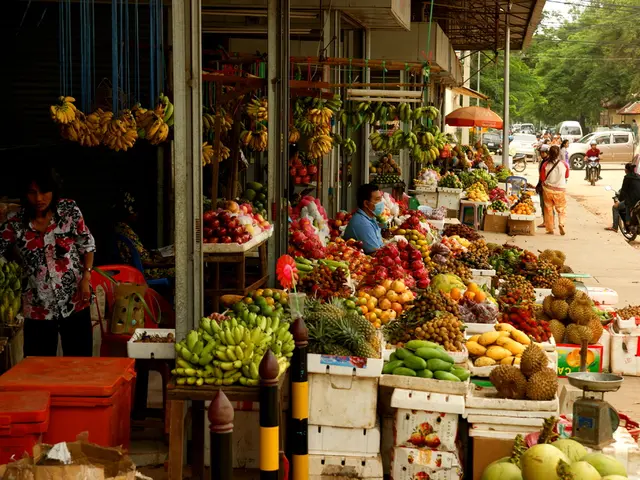Southeast Asia Leads Global Supply Chain Shift, But Tariffs and Skills Gaps Pose Challenges
Southeast Asia has emerged as a significant beneficiary of global supply chain restructuring, driven by the COVID-19 pandemic and US-China tensions. Meanwhile, other regions face challenges in attracting investment due to various factors.
The 'China plus one' strategy has favored countries like Vietnam, Thailand, Indonesia, and Malaysia, which offer more political stability and cost-effectiveness. However, the US tariff policy has introduced complexity, with Vietnam's tariff rate rising to 20% and 40% for trans-shipments.
In contrast, India lags behind its Southeast Asian counterparts in human capital strength, ranking 72nd globally, nearly thirty places behind the best-performing Southeast Asian countries. While India's manufacturing sector has potential, it faces challenges in attracting investment due to human capital gaps.
In the US, Mexico has been a key nearshoring destination, but uncertainty regarding tariff rates has halted some manufacturing investments. Meanwhile, countries like Georgia, Armenia, Moldova, and Ukraine, with low labour costs and educated workforces, struggle to attract investment due to political risks.
In Europe, countries like Romania, Bulgaria, Poland, and Hungary have benefited from lower wages and robust vocational education systems. However, a narrowing working-age population and tightening labour market pose growing obstacles to attracting investment.
Manufacturing wages in China have doubled over the past decade, enabling more competition from other countries. However, China's manufacturing sector remains deeply embedded in global supply chains, maintaining its significance.
Southeast Asia, with its competitive labour costs and talent availability, remains the most attractive location for foreign investment in manufacturing. However, tariff policies and human capital gaps pose challenges that countries must address to maintain their competitive edge.








